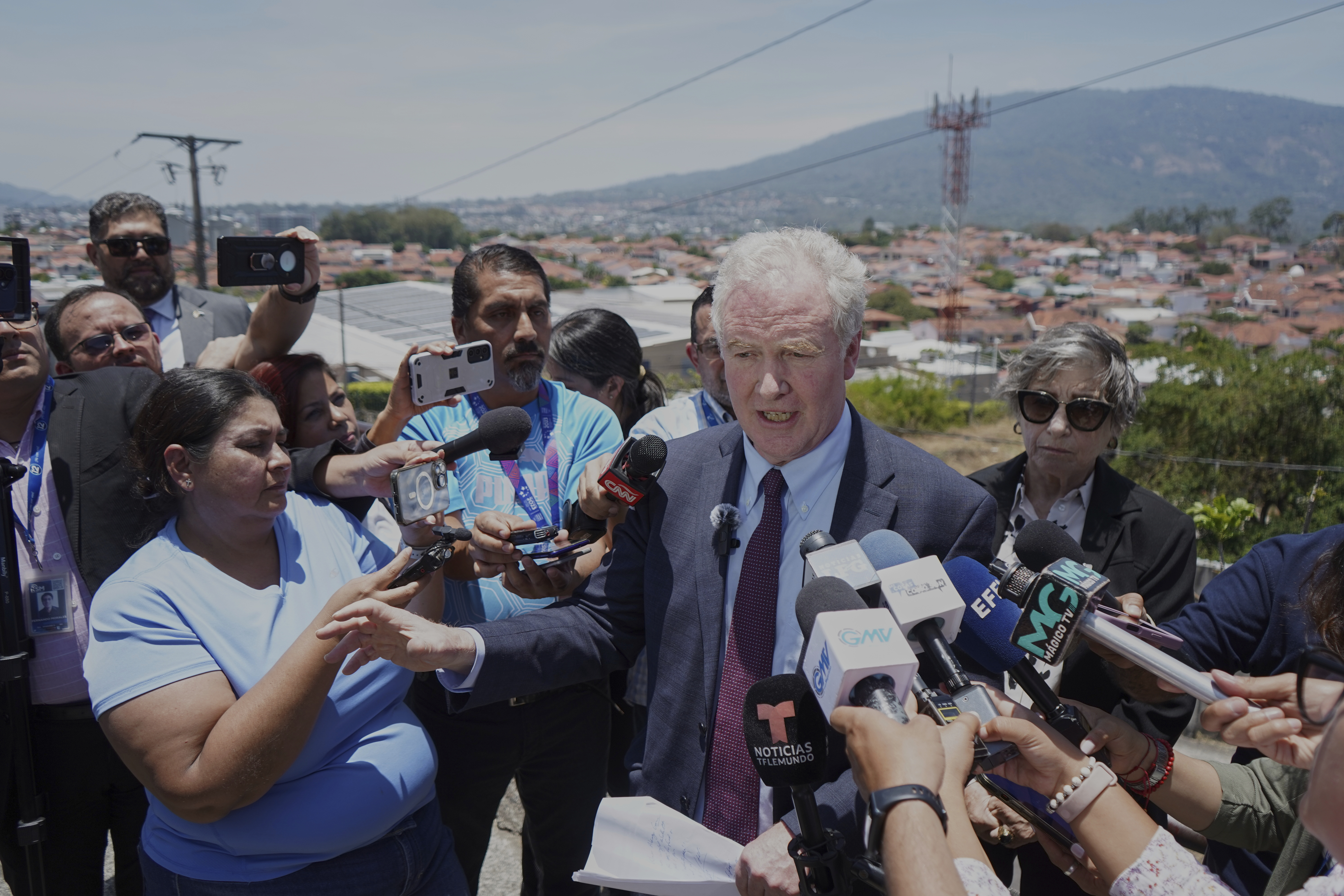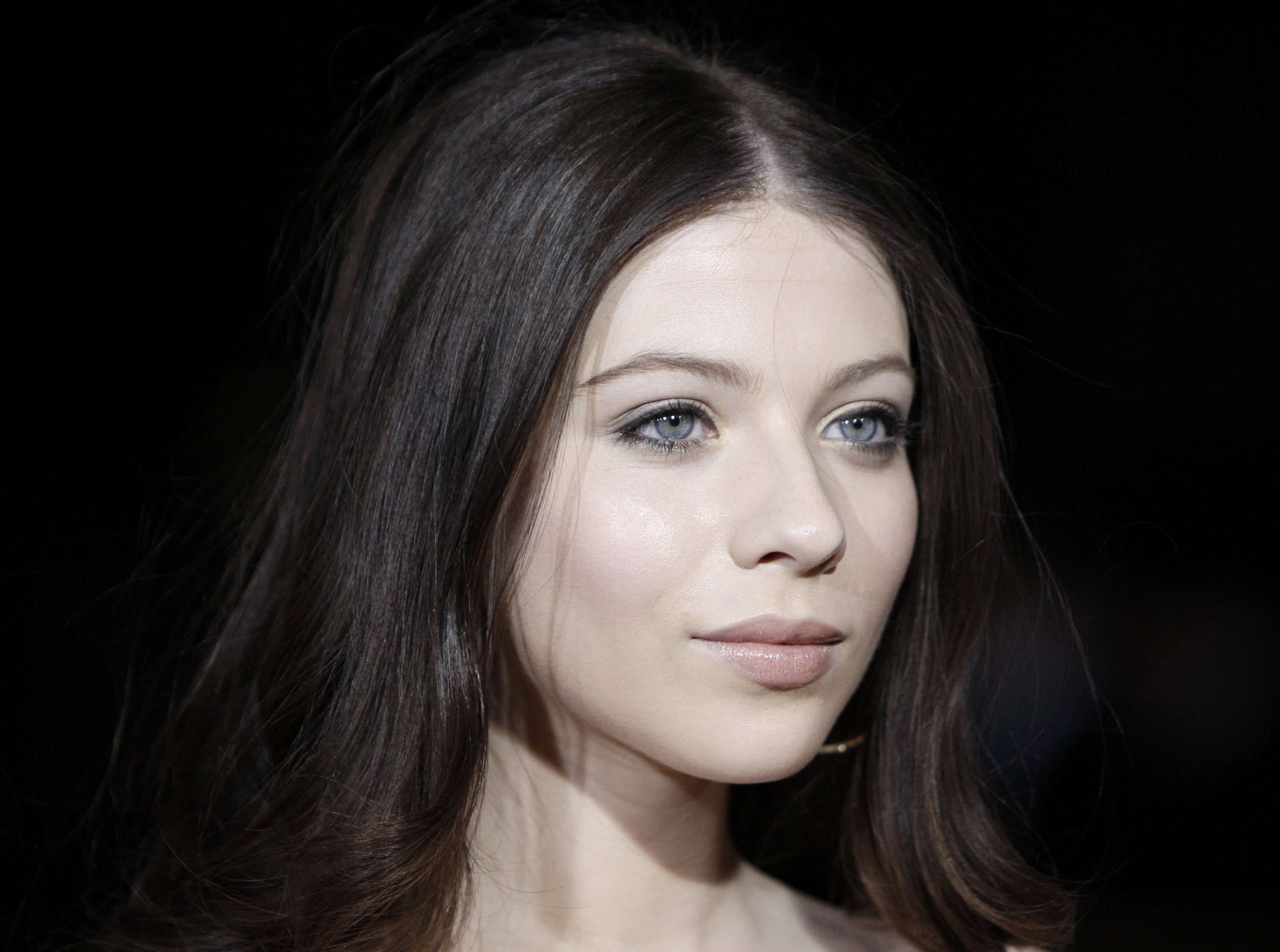From Teenage Mutant Ninja Turtles to Indiana Jones, Pablo Helman has helped bring a lot of big effects movies to the silver screen. The latest project for the Academy Award-nominated visual effects supervisor is "Killers of the Flower Moon" directed by Martin Scorsese and starring Robert De Niro, Leonardo DiCaprio and Lily Gladstone.
The movie, from Apple Original Films and Paramount, tells the story of murder and greed among the Osage Nation in 1920s Oklahoma. It's not your typical "effects movie," but it is, Helman insists, an effects movie.
"I don't think anybody will know. Well, now they might because we're telling them," Helman jokes. "But normally the idea is that you don't see them."
Helman sat down with Scripps News inside the offices of Lucasfilm's Industrial Light & Magic in San Francisco to show off some of the effects work his team pulled off for the movie. In fact, Helman says ILM artists created a whopping 700 visual effects shots totaling 85 minutes of the finished film.

Why do blockbuster movies cost so much to make?
Hollywood wasn’t always a high-rollers club. In 1913, Universal produced "Traffic In Souls" for $5,700. But as the industry expanded, so did costs.
In several key scenes, for example, artists digitally replaced dozens of modern-day buildings with structures appropriate for the 1920s. Special makeup effects helped depict the gradual effects on characters being poisoned.
Greed over oil money is an important part of the "Killers of the Flower Moon" story too, requiring artists to add hundreds of computer-generated oil rigs to the landscape as a car drives past.
"The only thing that we shot was the car with the actors and them going through an empty field," Helman says.
Even the hundreds of longhorn cows appearing in the film are mostly computer-generated. The real ones, Helman says, quit working when it got too hot during filming.
"They just went for the shade and there's no way to move them," Helman says. "So we have to end up doing [computer-generated] cows."
Copenhagen-based visual effects supervisor Jonas Ussing says the so-called "invisible" effects in movies like "Killers of the Flower Moon" don't always get the credit they deserve.
"People are saying 'This movie was awesome because there was no CGI'," Ussing says.
Ussing's YouTube videos call out films and shows that are marketed with claims that they are all done "practically"—that is, with no visual effects at all.
Tom Cruise, for example, told an audience at San Diego Comic-Con last year that all the fighter jet shots in "Top Gun: Maverick" were real.
"Everything you see in this film, obviously it's for real," Cruise said.
Ussing points out that in reality, "Top Gun: Maverick" actually has 2,400 effects shots and planes that are completely digital.

Why are today's movies so dark?
It's become a common complaint with audiences who say they can’t see a darn thing on their screens nowadays! But is more going on here?
Studios think audiences want to see movies made with practical effects rather than computer generated effects, Ussing says, so that's what gets pushed in marketing materials. Visual effects, when used correctly, are simply another tool in the filmmaker's toolbox, he added.
"It's one of the many tools that a filmmaker has to create the images that they need to tell their story. And in this day and age, it is one of the most valuable tools," Ussing says.
The effects work in "Killers of the Flower Moon" is now competing for an Oscar nomination against films like "Barbie," "Transformers: Rise of the Beasts" and "Aquaman and the Lost Kingdom."
Helman hopes his effects team gets recognized at awards time. But he says if the audience doesn't notice, that means they did their job exactly right.
"Just because there's nothing flashy or sexy about it," Helman says, "that doesn't mean that this film isn't visual effects."









